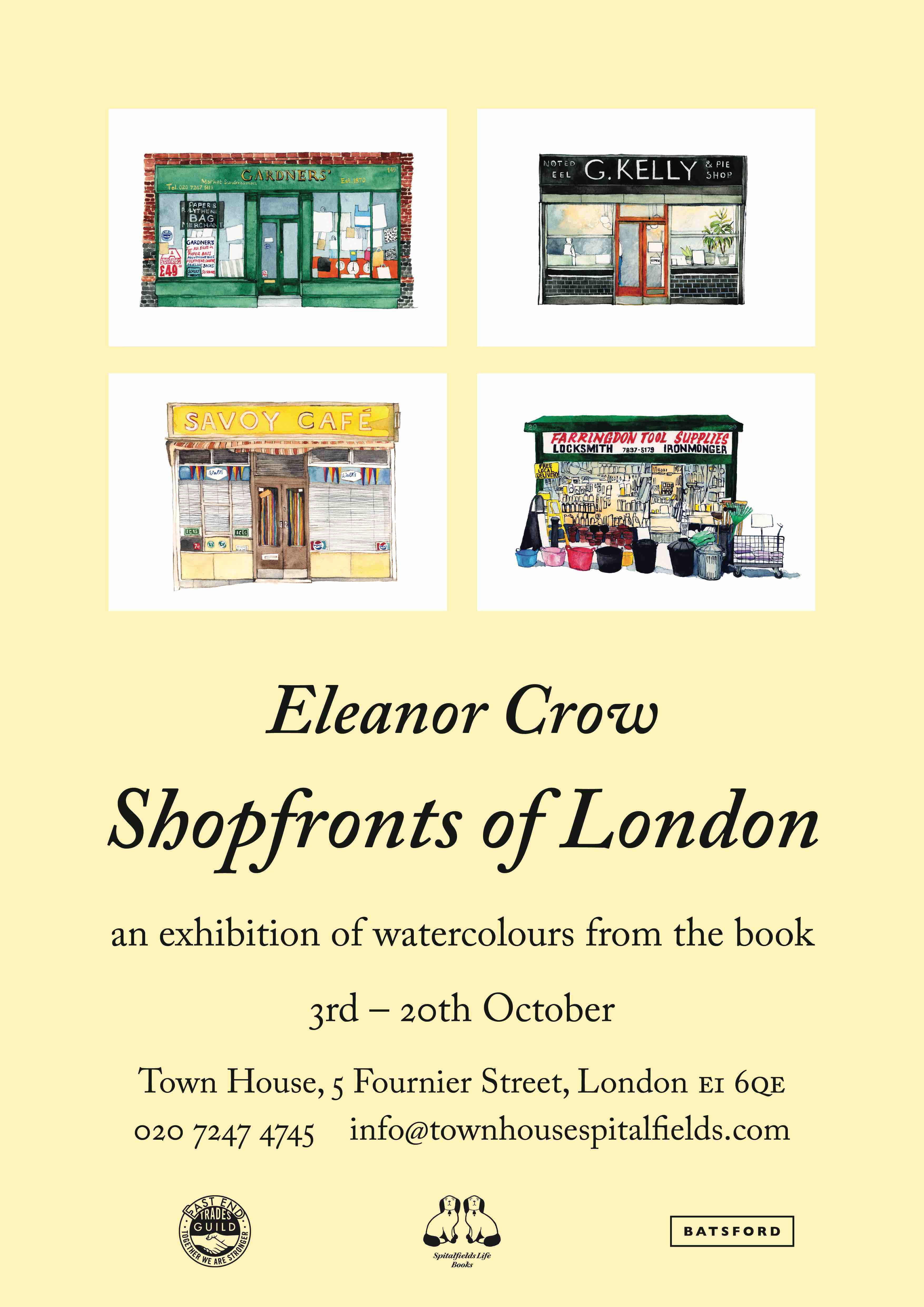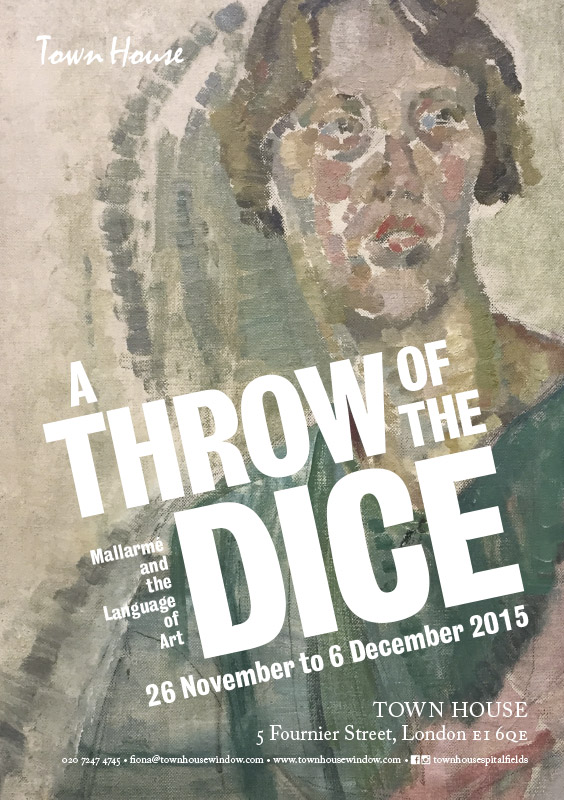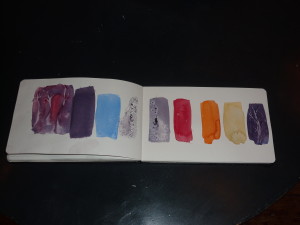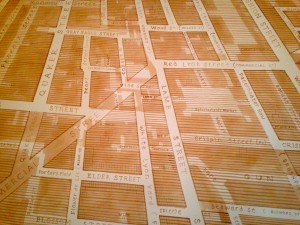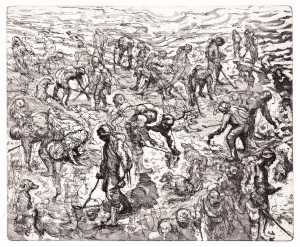An exhibition to accompany publication of the book of the same name featuring over eighty of Eleanor’s watercolours from the book, including some new ones
At a time of momentous change in the high street, Eleanor’s witty and fascinating personal survey champions the enduring culture of Britain’s small neighbourhood shops. Eleanor’s collection includes eighty of her watercolours of the capital’s bakers, cafés, butchers, fishmongers, greengrocers, chemists, launderettes, hardware stores, eel & pie shops, bookshops and stationers. Her pictures are accompanied in the book by the stories of the shops, their history and their shopkeepers – stretching from Chelsea in the west to Bethnal Green and Walthamstow in the east.
The watercolours are £150 framed (A5) and larger ones are £210 framed.
The exhibition opens on the 3rd October with a book launch and signing that evening 6 – 8pm and the exhibition continues at Town House until Sunday 20th October. 